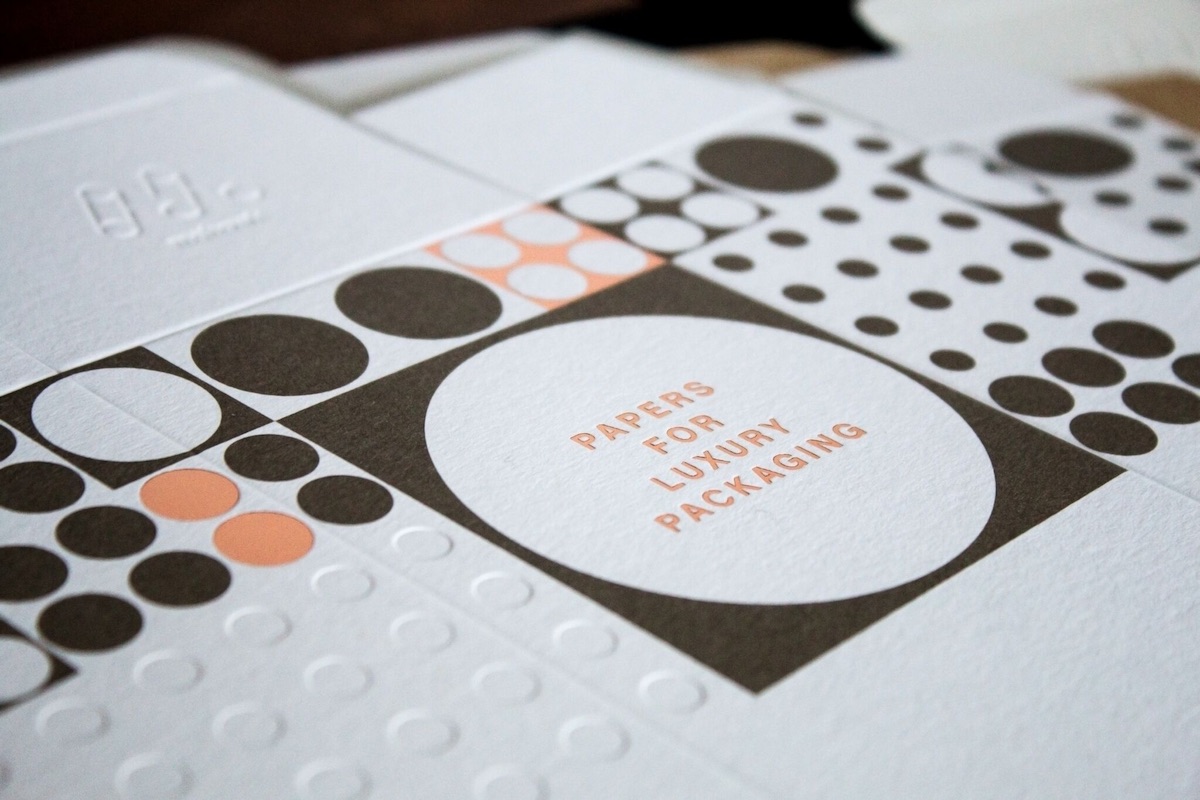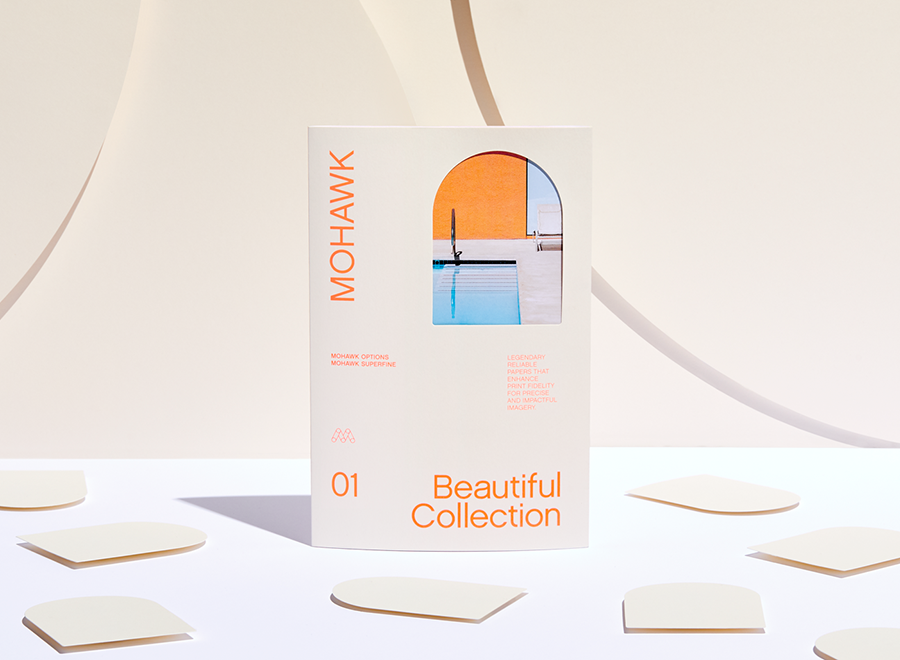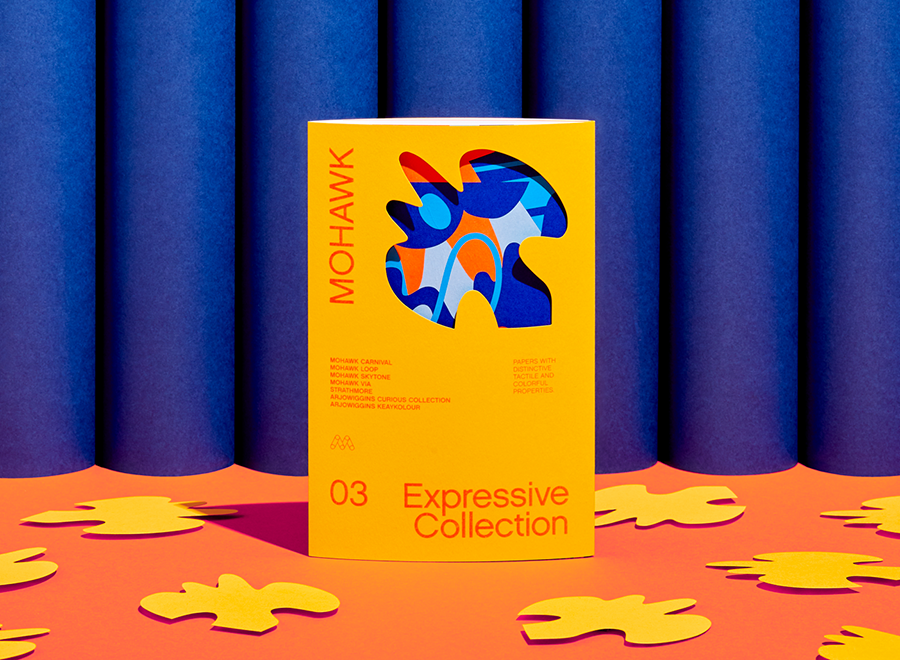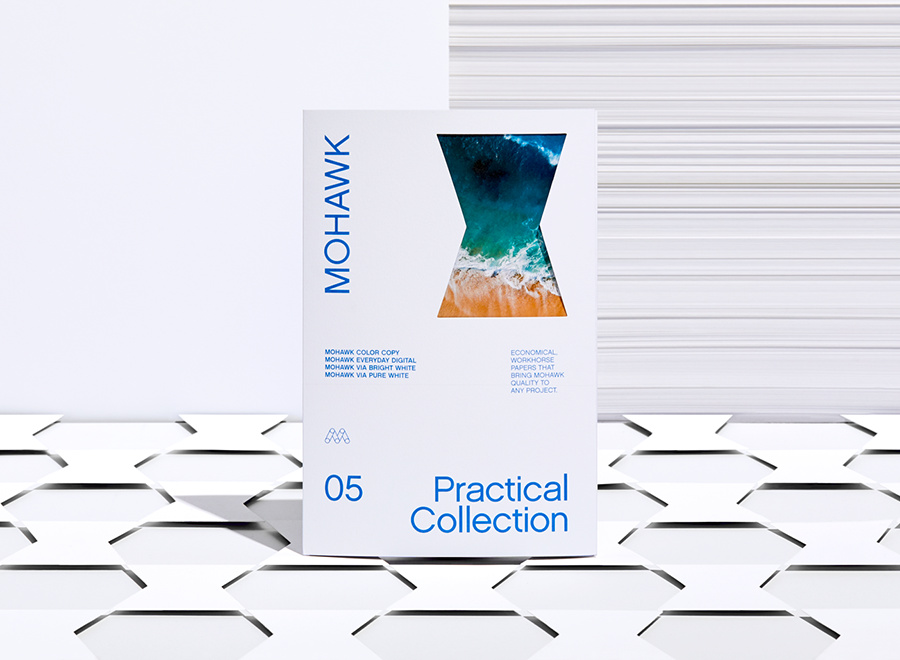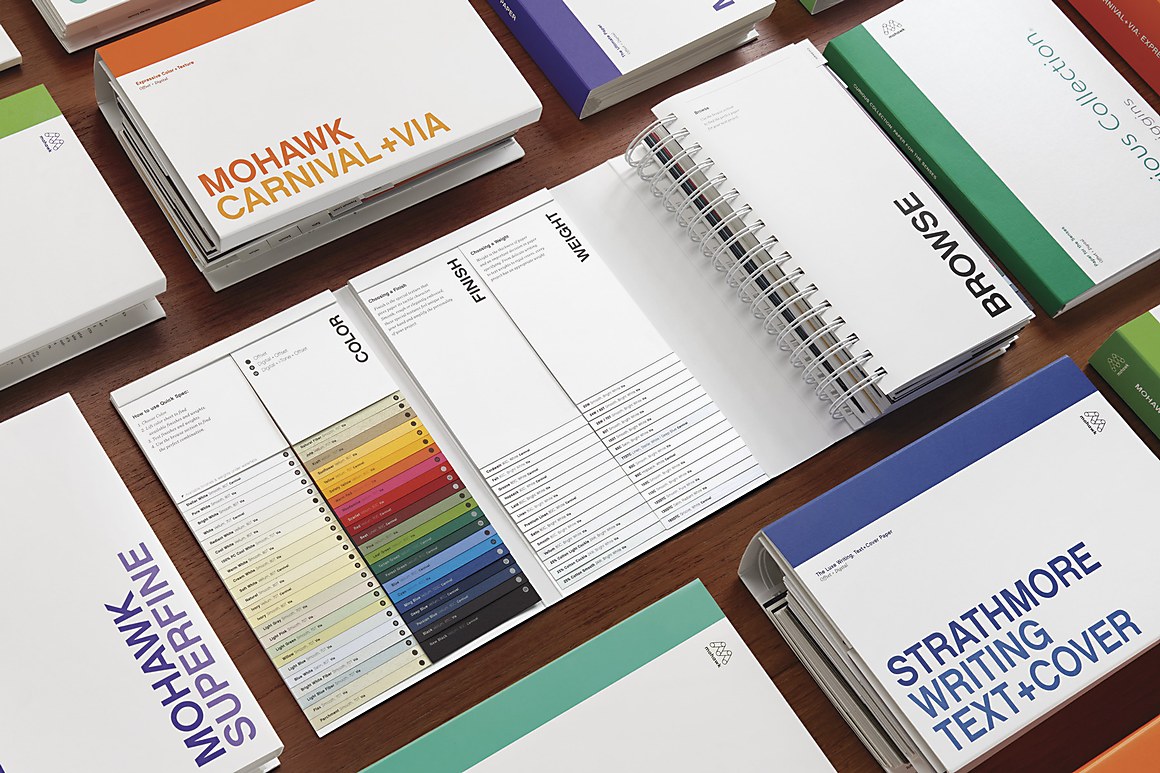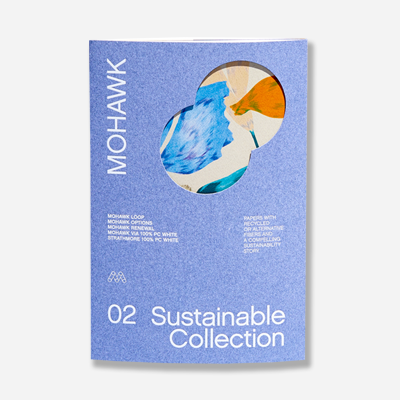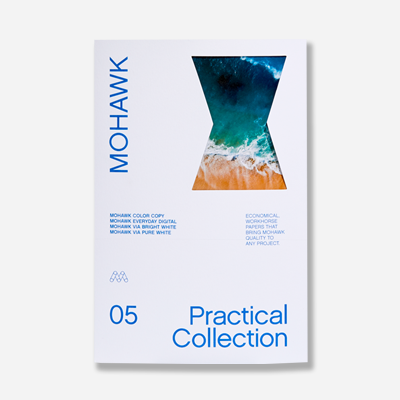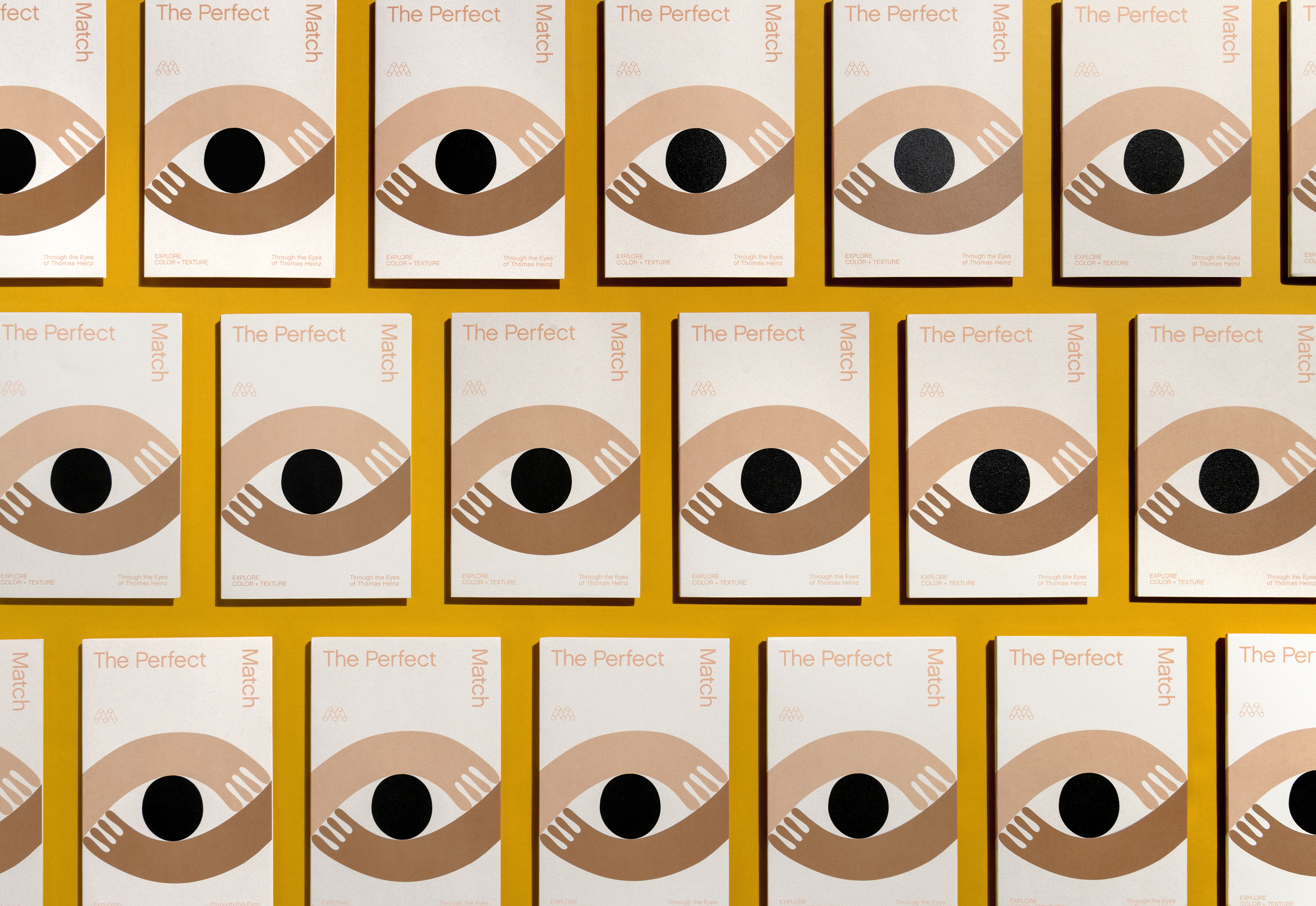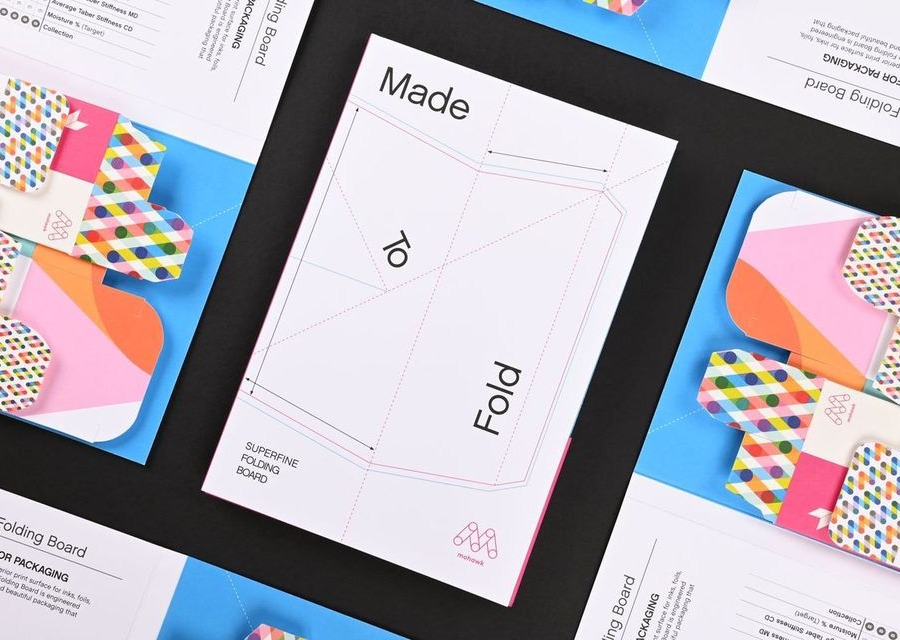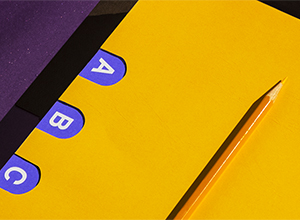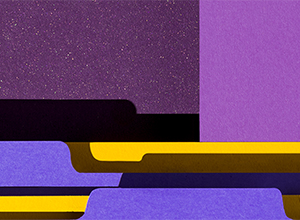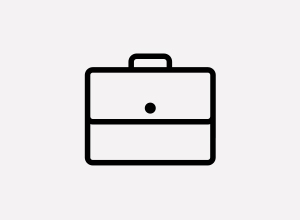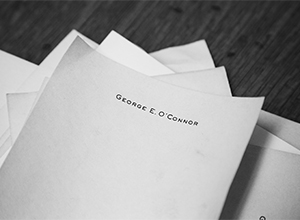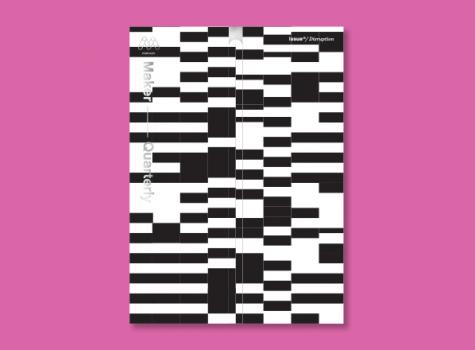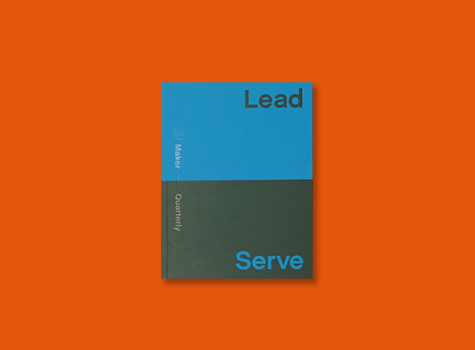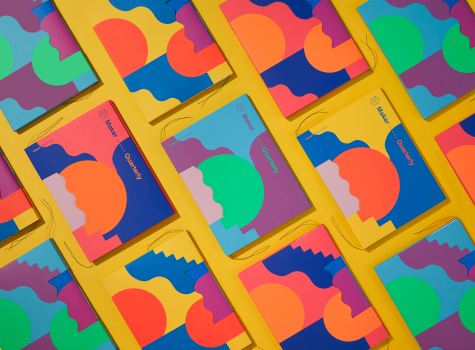Art & Algorithm
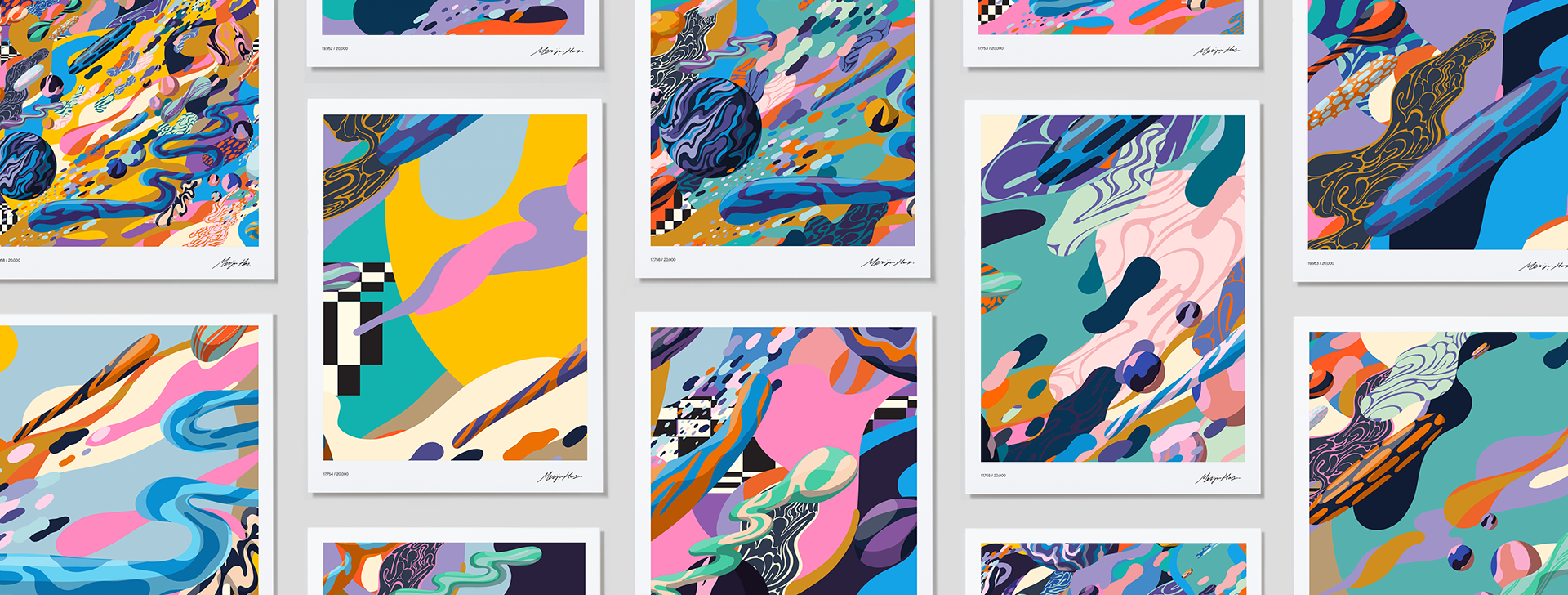
Leveraging design and variable-data technology to produce a generative one-of-a-kind art print.


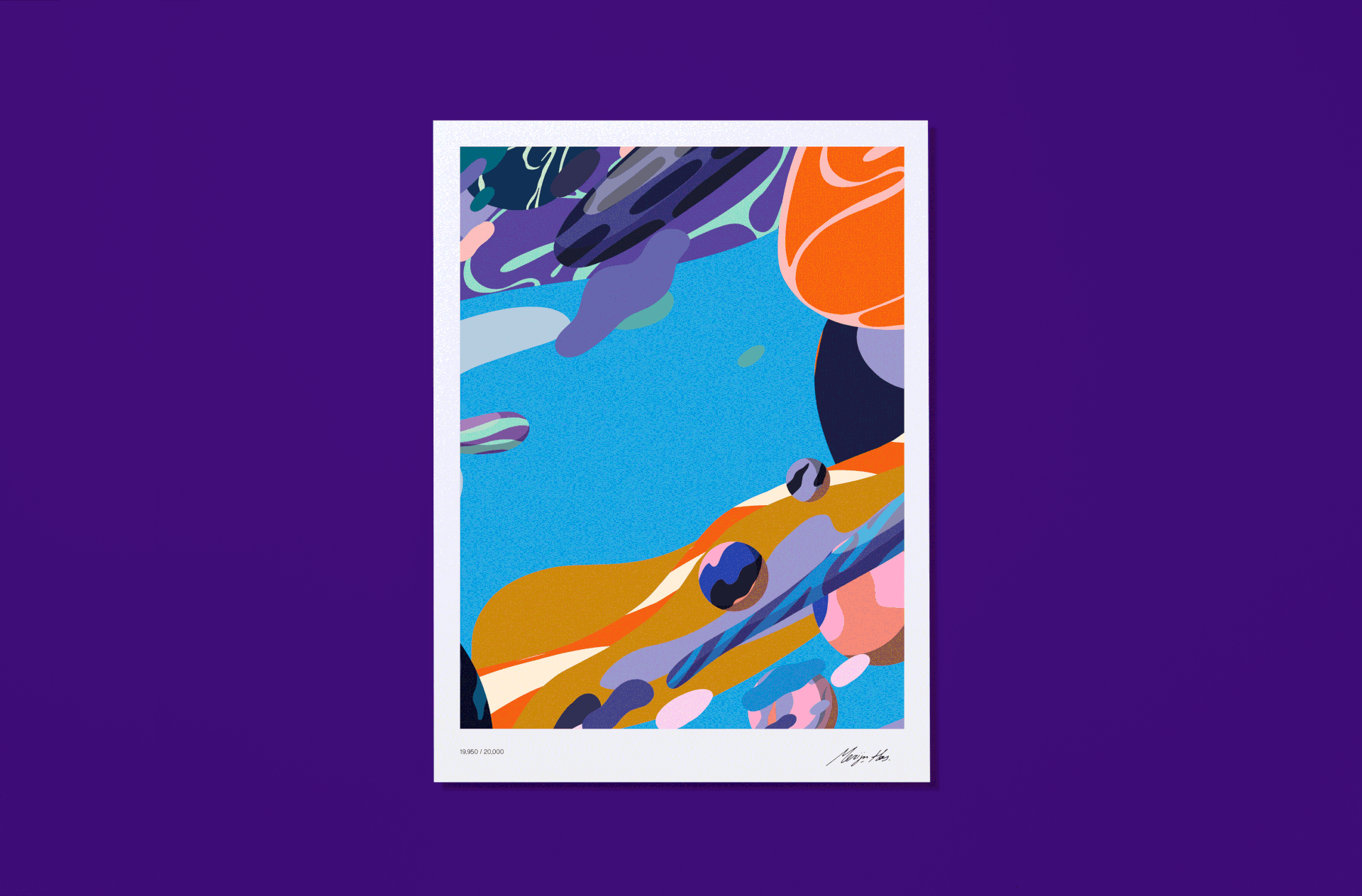
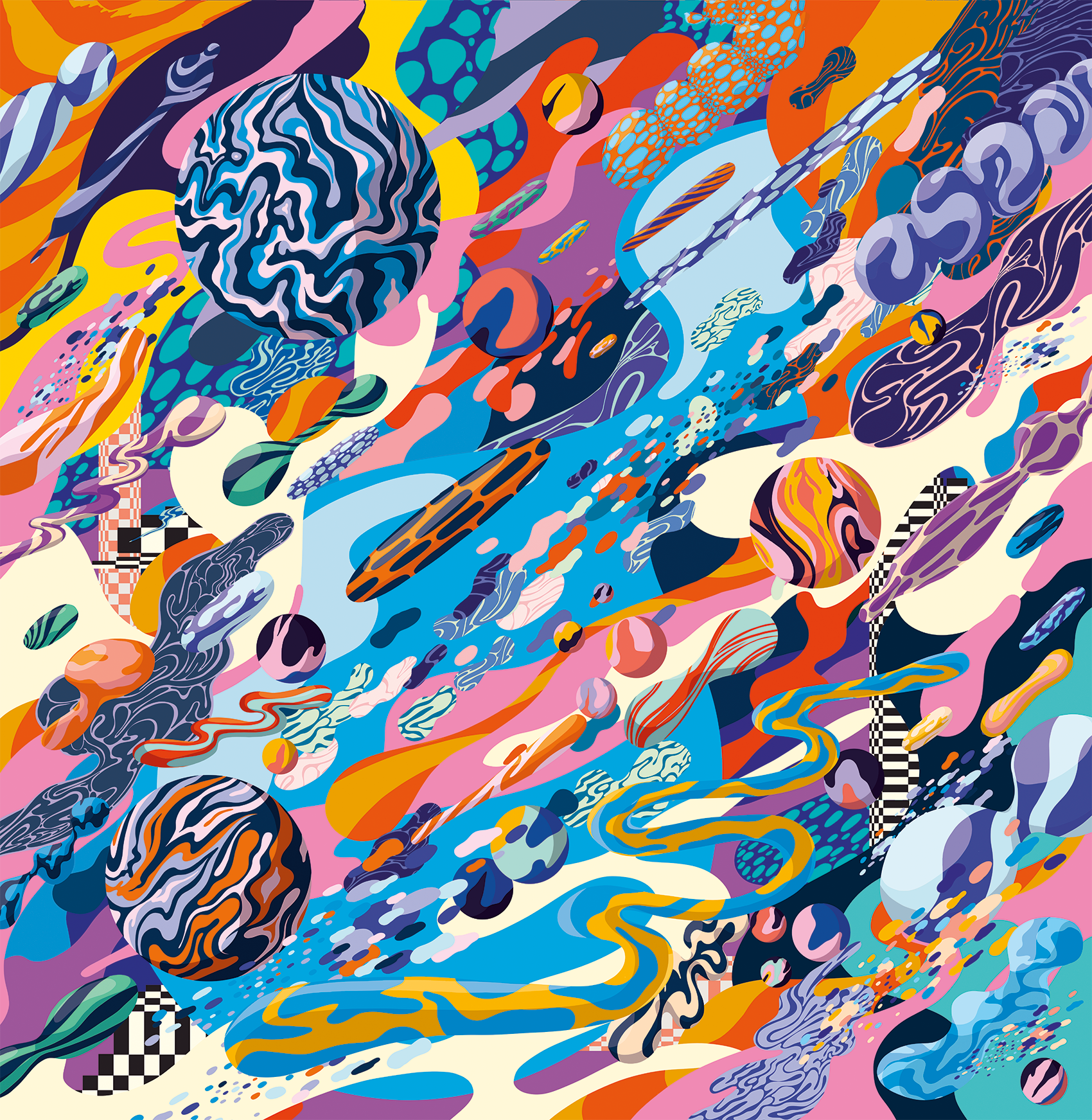

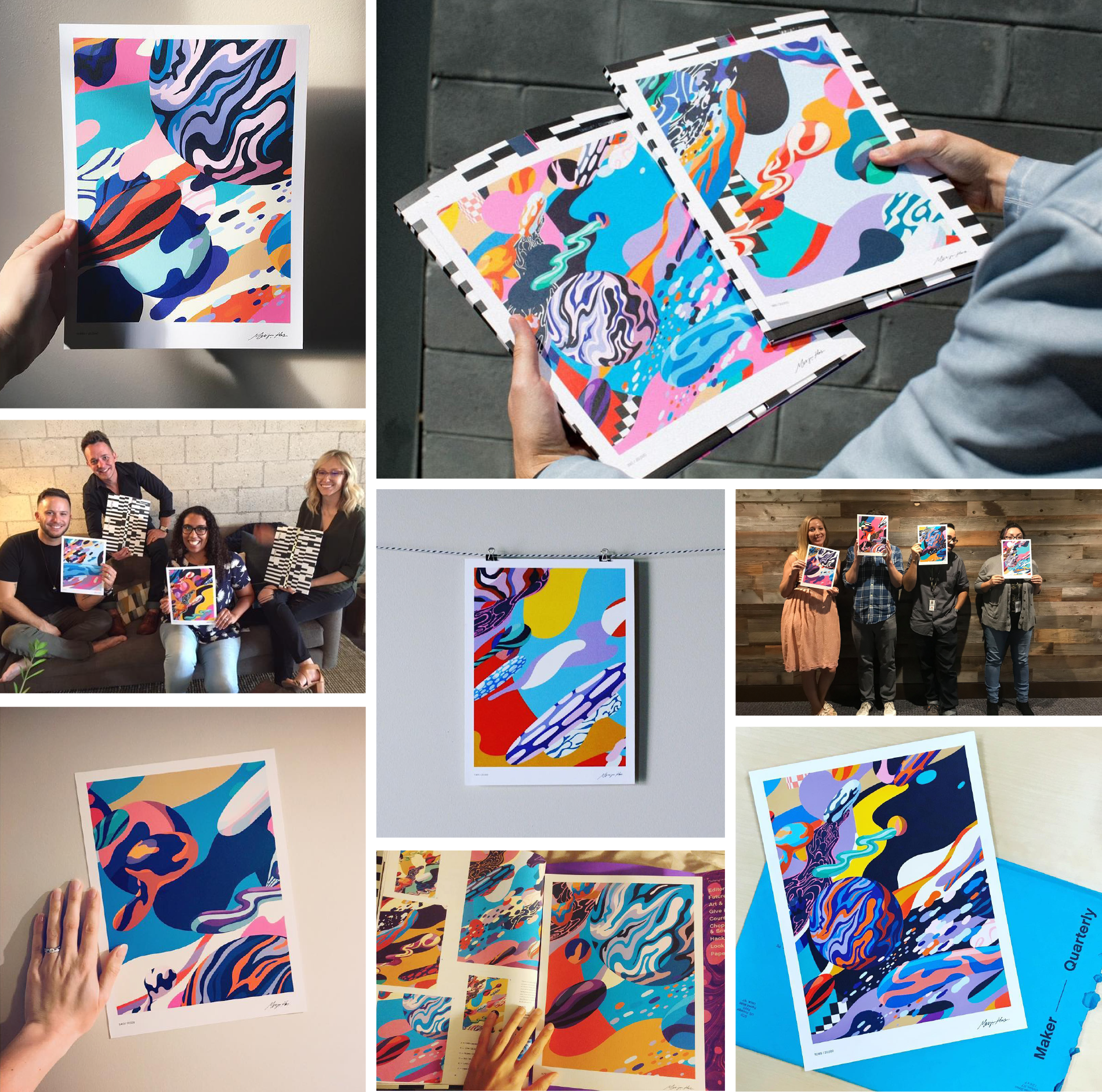
The Mohawk Maker Quarterly is a vehicle to support a community of like-minded makers. Content focuses on stories of small manufacturers, artisans, printers, designers, and artists who are making their way in the midst of the digital revolution. Learn more about the quarterly here.
Production Notes
Suggested Articles
Each issue of the Mohawk Maker Quarterly relies on a single word for its creative framework. In issue thirteen, that word is “disruption.”
Issue No. 14 of the Mohawk Maker Quarterly is titled Lead & Serve and celebrates those who pave the way by helping others find their paths.
Materials are an emotional filter. Through texture, color and form, they reveal how we should feel about what we see and read.
